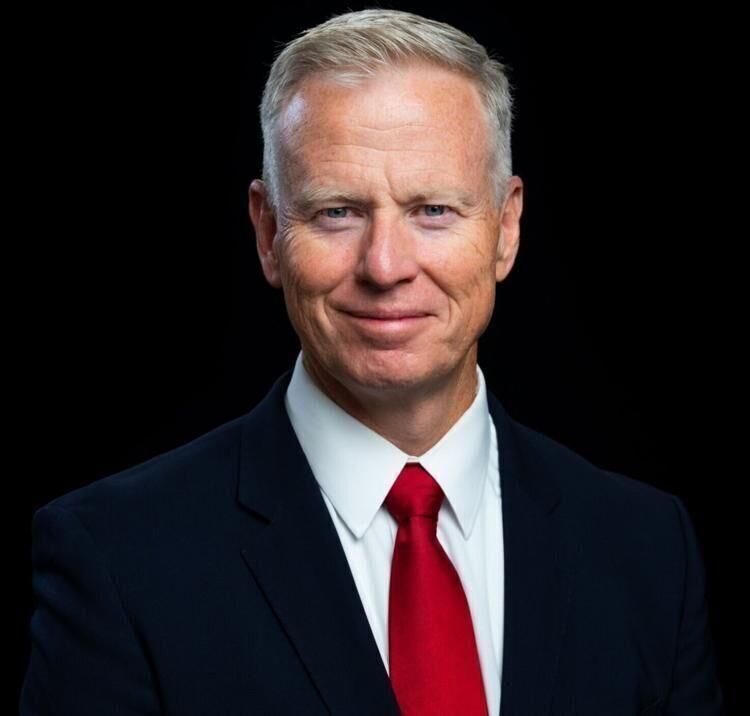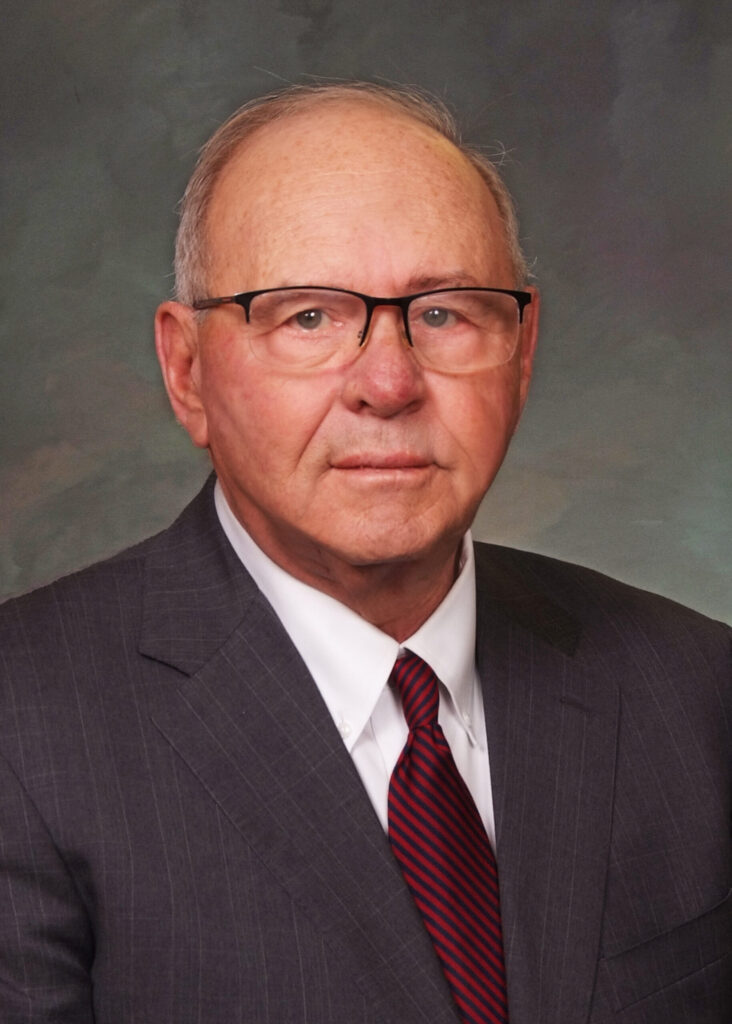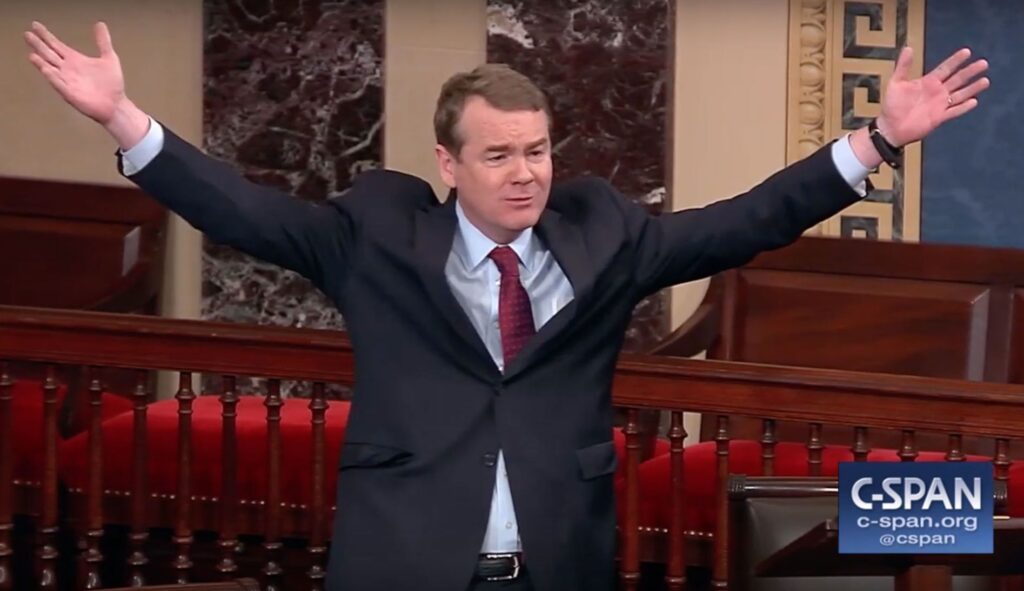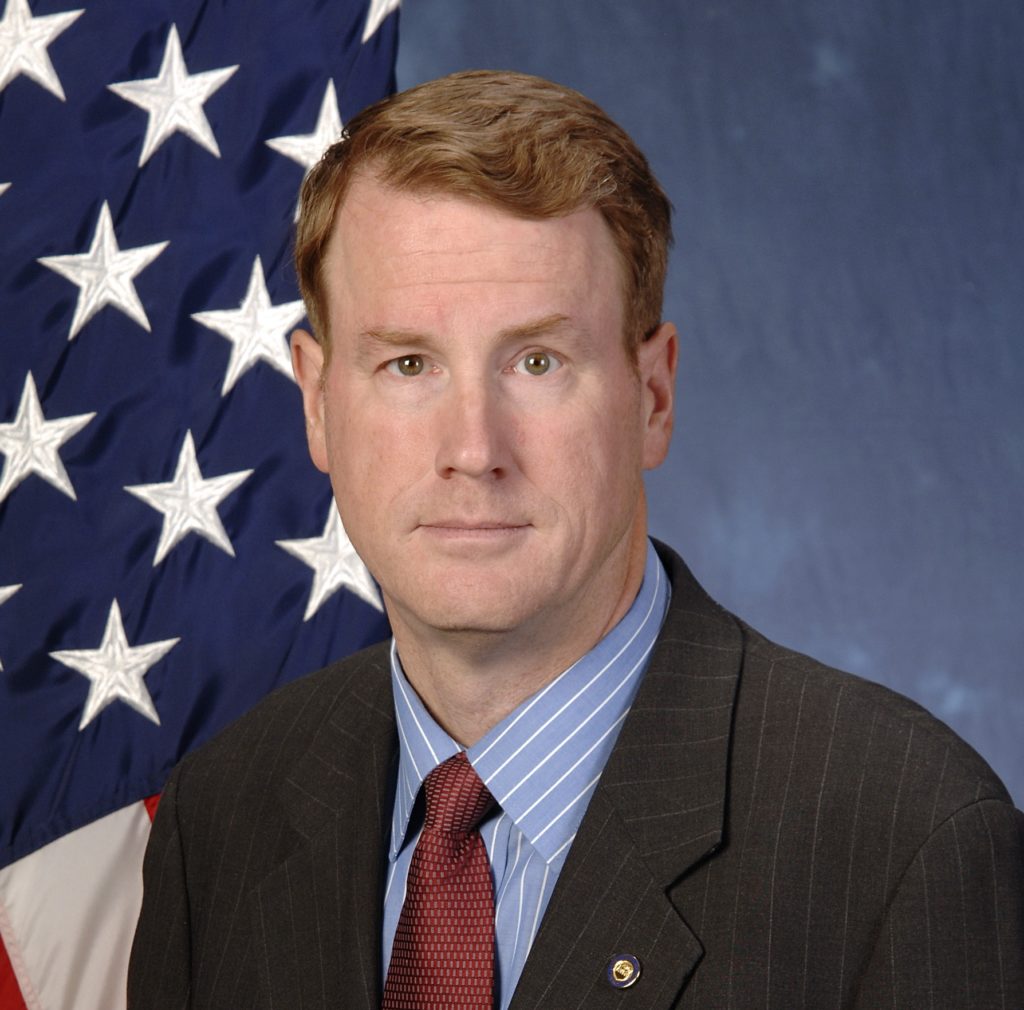Single-payer still won’t work for Colorado | OPINION

Liza Frizell
It’s a new year and a new session, but we’re seeing the same old tricks from lawmakers. Not even one month into the 2025 legislative session, misguided legislators are already trying to move our state deeper into an unaffordable and unwanted state government-run health care system. Their bill, HB25-045, ostensibly calls for an analysis of draft legislation for a new single-payer health care system by the Colorado School of Public Health. Legislators tried to pass this in 2023 and 2024 and failed both times.
The highly partisan and tendentious “study” would be geared toward a predetermined outcome — replacing Colorado’s current health care system with an unaffordable single-payer scheme. To the extent it is a study, it would be redundant; numerous studies have already been conducted on this very same topic. For example, in 2016, the Colorado Health Institute completed its own analysis and found a government-run system of this type could cost nearly $64 billion annually by 2028 and rack up a $7.8 billion deficit every year. This study and many others have already revealed a single-payer system would simply be unaffordable to both Coloradans and the state.
Stay up to speed: Sign up for daily opinion in your inbox Monday-Friday
The real question is: how many times must lawmakers ignore multiple exact studies and waste precious time and resources in the hope they can concoct one that will miraculously yield different results? The study proposed in HB25-045 would cost nearly $400,000 over two years. The sponsors of the bill added an amendment to fund it through grants and donations, but that funding has not yet been secured. If they don’t ultimately secure the money, the bill will have been yet another waste of time and money for taxpayers and legislators alike.
There is a reason this bill has failed to pass two years in a row: legislators know it is inherently flawed. Meanwhile, our state is already in the throes of its worst budget crisis in decades. We should be looking for opportunities to cut spending rather than pursuing unnecessary partisan schemes we’ve already studied, and taxpayers have already rejected.
In 2016, Colorado voters overwhelmingly opposed replacing the state’s health care system with a one-size-fits-all system. That year, almost 80% of Coloradans voted against a ballot measure to enact a single-payer system to dismantle our health care structure.
Now, almost 10 years later, it turns out Coloradans were right to be wary of throwing out our functioning health care system for an untested, unaffordable government-run program. To better understand the shortcomings of a government-controlled system, we need only look to the failures of the Colorado Option.
Supporters of the Colorado Option promised it would lower costs and expand access to care in the Centennial State. It has accomplished neither.
First, the Colorado Option has clearly not lowered costs, as premiums continue to rise for consumers. Only 2% of Colorado Option plans met the mandated goal of reducing premiums by 10% last year. A study from last year by Lanhee J. Chen, Ph.D., Tom Church, and Daniel Heil revealed only 15% of plans met the initial-year premium targets set by law, with even fewer plans meeting the targets in the second year of the program. In many counties, individuals would have to spend more to enroll in the Colorado Option than they would to enroll in a traditional health plan. Clearly, the arbitrary government-set price controls in the Colorado Option do not work.
In addition, the Colorado Option has reduced competition and decreased options for health care coverage in our state. A recent study from FTI Consulting found the average number of health care plans decreased from 53 to 33 after the implementation of the Colorado Option. It also concluded 87.5% of counties experienced as high as a 75% reduction in the number of available health plans. The Colorado Option’s threat to consumer choice is twofold: first, the implementation of the Colorado Option has left consumers with fewer options for coverage; then, the program’s unsustainable price mandates make it harder to attract new health plans to the state.
A recent article in the Denver Business Journal highlights the precarious financial situation the Colorado Option has created for insurance carriers in our state. The executive director of the Colorado Association of Health Plans revealed insurers’ profit margins fell to -11.4% on the state’s individual market in 2023. The article also reports the majority of enrollees in the market still opted out of the state-run program in 2025.
And this is just a taste of what single-payer would inflict.
Like so many Coloradans, I want to see our health care system flourish. I want to see more affordable options for coverage and increased access to care across our state. The failure of the Colorado Option makes it clear a government-controlled health care system will not be able to achieve these goals.
Coloradans seem to understand what too many politicians do not — the Colorado Public Option and a single-payer system are not viable solutions. Our policymakers should not continue to waste time on yet another expensive study of an unaffordable state-run program doomed to fail. Instead, they should look to explore proven solutions in the health care market and work together to build upon what’s already working to improve affordable access to care for hardworking Coloradans. Let’s not flounder the new year and new session on old tricks.
Lisa Frizell represents District 2 in the Colorado Senate. She serves on the Committees on Health and Human Services, and Finance.










